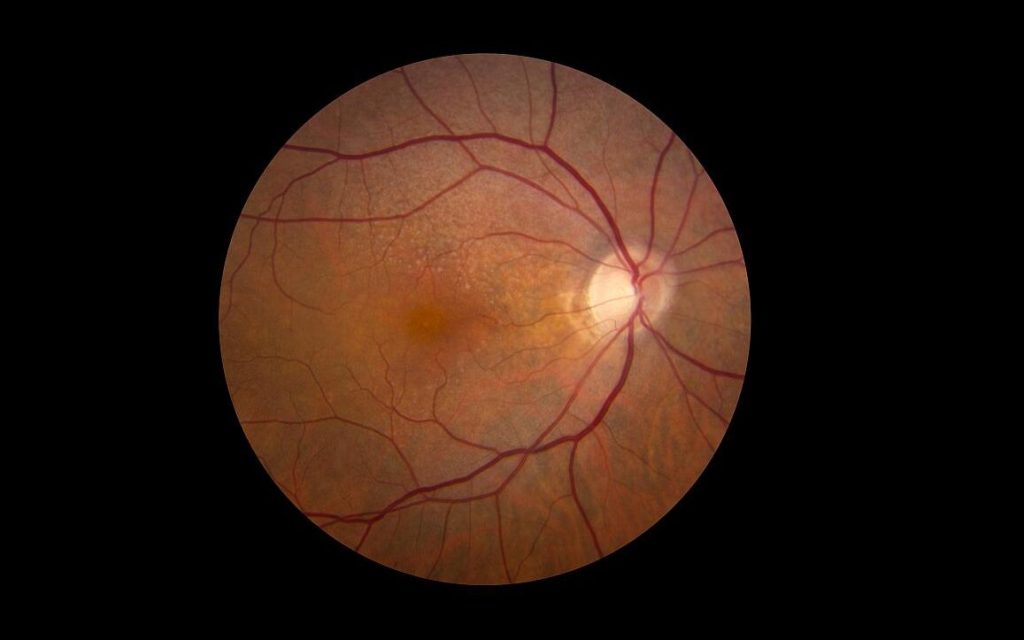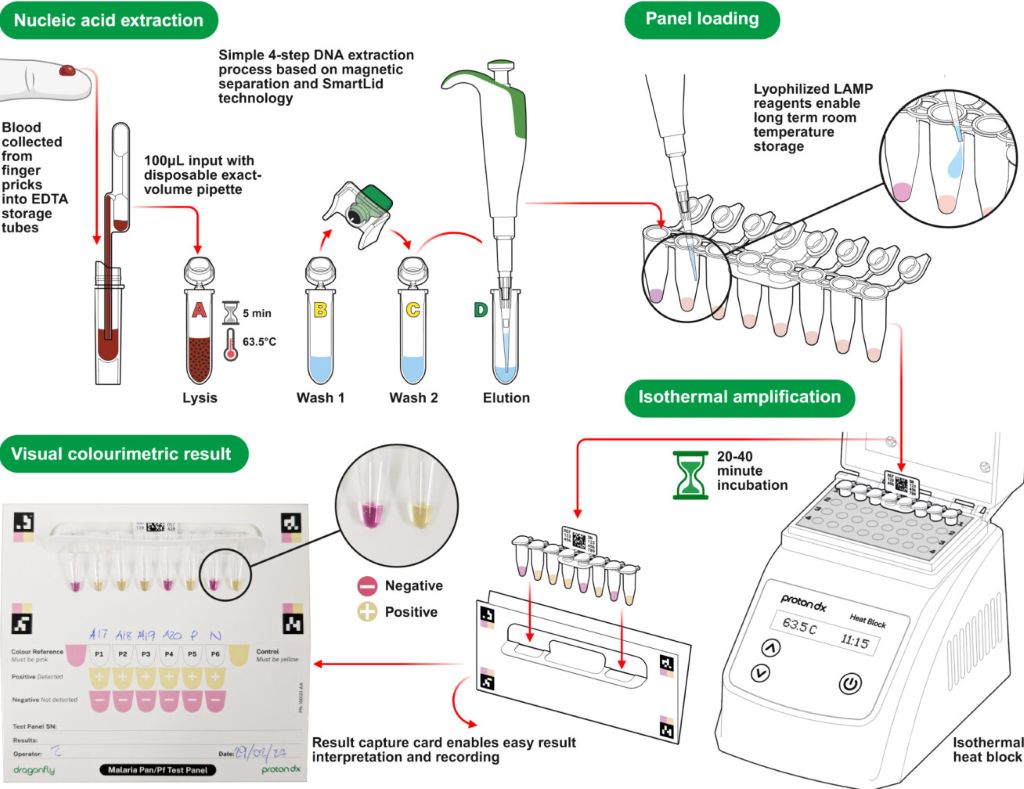New mRNA Vaccine Could Prevent Seasonal and Food Allergies

A new mRNA vaccine stopped allergens from causing dangerous immune reactions and life-threatening inflammation in mice, according to researchers from the Perelman School of Medicine at the University of Pennsylvania and Cincinnati Children’s. The vaccine, outlined in the Journal of Clinical Investigation, may one day be tested and tailored to a variety of seasonal and food allergies.
“This is a potential breakthrough for millions of people worldwide who suffer from life-threatening allergies,” said Nobel laureate Drew Weissman, MD, PhD, Professor in Vaccine Research at Penn and co-lead of the study with Cincinnati Children’s Marc E. Rothenberg, MD, PhD.
Weissman, Penn colleagues Jilian Melamed, PhD, an assistant professor of Infectious Diseases, Mohamad-Gabriel Alameh, PhD, an assistant professor of Pathology and Laboratory Medicine, and the Cincinnati Children’s researchers led by Marc E. Rothenberg, MD, PhD, director of the division of Allergy and Immunology, modelled this new vaccine on the design of the COVID-19 mRNA lipid nanoparticle (LNP) vaccines.
This time, however, scientists tweaked the mRNA to instruct cells to produce proteins that resemble certain allergens. By presenting these proteins in a controlled way, the vaccine didn’t cause allergic reactions but did instruct the immune system to respond more appropriately in the future. And, when mice were later exposed to the respective allergens, the vaccines worked.
When mice with specific allergies were exposed to the allergens, none of the mice vaccinated with the respective allergy vaccine had an allergic reaction. Vaccinated mice had fewer allergy-related white blood cells, made fewer inflammation-causing proteins, and their lungs produced less mucus. Their airways were also protected against narrowing, which often happens during asthma, and they made special antibodies that protected against allergic reactions.
A platform with broad potential
Unlike traditional allergy shots, which involve repeated administration of purified allergens over months or years, the mRNA-based approach offers a more flexible solution. Because the mRNA can be tailored to encode proteins from different allergens, the platform could be adapted to treat a wide range of allergic conditions—from seasonal pollen allergies to food sensitivities and asthma. Additionally, many severe food allergies do not have vaccines to protect against severe allergic reactions.
“People with food allergies that can cause anaphylactic shock are rightfully fearful in social situations, eating out in public, sharing food, and engaging in other fun activities where there are food and allergens around,” said Weissman. “Allowing people to partake in foods they were never able to eat would be incredibly rewarding, but I’ll even be happy if we can one day introduce a vaccine that allows parents to breathe just a little easier when sending their kids to class birthday parties.”
The study represents a proof-of-concept that mRNA vaccines can be used not only to prevent infectious diseases but also to adjust immune responses in chronic conditions like allergies and even celiac disease. Researchers say the next steps include testing the vaccine’s safety in humans, determining how many allergens can be included in a single dose, and evaluating how long protection lasts.
“We saw mRNA vaccines save lives during the pandemic, and as the most-tested type of vaccine in history, we know it’s the safest and most effective vaccine ever created,” said Weissman. “We are deeply committed to continuing to uncover the potential of this technology.”
Source: Perelman School of Medicine at the University of Pennsylvania





